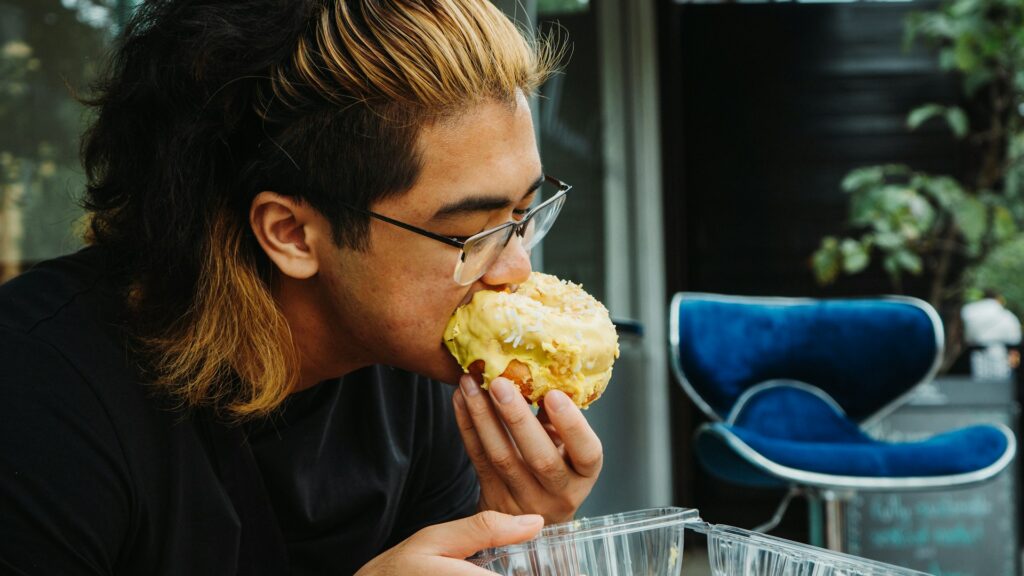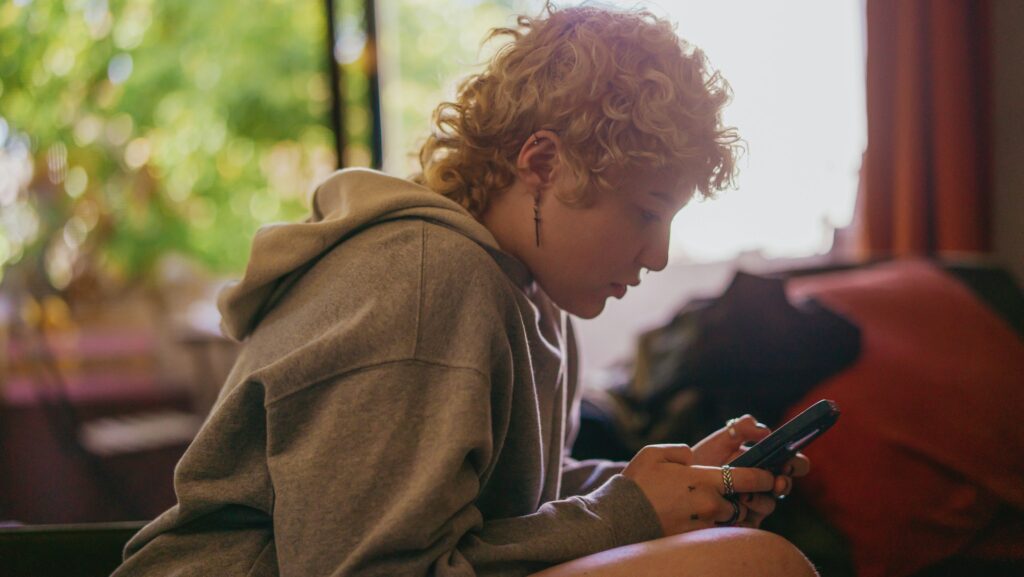Language in the United States changes quickly. New slang words often appear in conversations, music, and online platforms. Some American expressions are unique to daily life, so people abroad may find them confusing. These terms reflect history, humor, and culture. Slang adds color to speech, but it can challenge non-native speakers. Here are ten slang words often heard in the US, their meanings, and how people use these everyday phrases in real situations.
1. Bummer

“Bummer” describes disappointment or an unfortunate event. People use it when things go wrong or plans collapse suddenly. For instance, missing a bus may lead someone to say, “What a bummer.” The word became popular in the 1960s and remains common today. It expresses mild frustration while keeping the tone casual, making it a quick way to acknowledge bad luck without sounding overly dramatic or harsh.
2. Dude

“Dude” started as a word for a man with fancy or unusual style. Over time, it shifted into a friendly greeting. Now it applies to friends, strangers, and even as a sentence opener. For example, “Dude, you will not believe this.” It is especially common in surf, skate, and youth culture. Today, it functions as a versatile part of US lingo, used casually to grab attention or show camaraderie in everyday speech.
3. Hype

“Hype” refers to excitement or heavy promotion around an event, product, or idea. A new movie with attention may be said to have “a lot of hype.” People also use it as a verb, such as “to hype someone up.” The word appears in sports, concerts, and online spaces. It signals energy, enthusiasm, and anticipation, making it one of the slang words tied closely to American entertainment, where trends often rely on strong public reaction.
4. Chill

“Chill” means relax or calm down. For example, “Let’s chill at home tonight.” It also describes personality, as in “She is very chill,” meaning easygoing. Additionally, it means to spend time with friends casually. In American culture, “chill” connects with leisure and comfort, making it one of the most flexible everyday phrases. It reflects the value many Americans place on relaxation, downtime, and creating a laid-back lifestyle that balances work with social connection.
5. Hangry

“Hangry” combines hungry and angry. It describes irritability caused by skipping meals. For instance, “I get hangry if I miss lunch.” The word is now common in ads and everyday speech. It gives people a playful way to explain a bad mood caused by hunger. Its humor makes it relatable across ages, and it shows how strongly Americans link emotions and food, often highlighting the need to eat before losing patience in daily situations.
6. Ghost

“Ghost” means ending communication without warning. In dating or friendships, people use it when someone vanishes without explanation. For example, “He ghosted me after our last chat.” The word fits the digital age, where silence through texting or social media signals rejection. It highlights challenges in modern relationships shaped by technology. This piece of US lingo reflects avoidance as a social strategy, showing how disappearing online has become an easy, though often hurtful, choice.
7. YOLO

YOLO stands for “You Only Live Once.” It became popular in the early 2010s as a call for adventure. People use it to justify bold or risky choices. For instance, “I booked the trip because YOLO.” While less trendy now, it still represents spontaneity and the desire to live without regrets. It encourages adventurous thinking, often motivating people to take chances, create memories, and pursue unique experiences rather than settling for safe or predictable routines.
8. Cringe

“Cringe” describes something awkward or embarrassing. A bad joke or awkward video might be called “cringe.” The word comes from shrinking back during discomfort. Online, people use it for posts or behavior that spark second-hand embarrassment. It is especially common in social media culture. Today, this everyday phrase captures the awkward side of human interaction, reminding people how quickly mistakes or odd choices can become entertainment when shared across digital platforms and seen by millions.
9. Bail

“Bail” means leaving suddenly or canceling plans. For example, “She bailed on the party at the last minute.” The word originally related to paying money to leave jail temporarily. Today, it describes backing out of events or walking away quickly. Among friends, it often carries a negative tone. In casual American expressions, it signals unreliability, but it can also mean escaping a boring situation or avoiding something uncomfortable without offering much explanation to others.
10. FOMO

FOMO means “Fear Of Missing Out.” It describes anxiety when others enjoy activities without you. For instance, “I went out because I had FOMO.” Social media fuels this feeling by showing highlights of other people’s lives. The term captures modern culture, where technology shapes emotions and decisions. FOMO reflects the struggle to balance personal rest with social connection, often pushing people to join events simply to avoid regret. It has become one of the most modern slang words.
Disclaimer: This article was created with AI assistance and edited by a human for accuracy and clarity.

